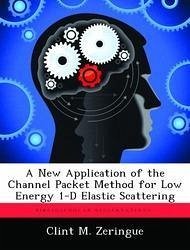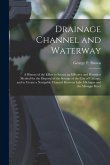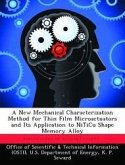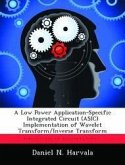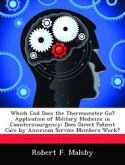An algorithm is presented which uses the channel packet method (CPM) to compute S-matrix elements. The standard approach to solving for the S-matrix elements is to use states which contain only positive or negative momentum. In doing so however, the standard approach fails to produce accurate S-matrix elements at low energies since accurate results are only obtainable over the energy range defined by the states. Therefore, in order to obtain accurate results at low energy one must formulate states which contain both positive and negative momentum. In order to incorporate states which have positive and negative momentum a four-by-four matrix containing the momentum expansion coefficients of the states is introduced. The approach does not consider scattering from one side or the other, rather it considers both incoming and outgoing states from the left and right simultaneously. Therefore, during one simulation all four S-matrix elements are computed. This work has been selected by scholars as being culturally important, and is part of the knowledge base of civilization as we know it. This work was reproduced from the original artifact, and remains as true to the original work as possible. Therefore, you will see the original copyright references, library stamps (as most of these works have been housed in our most important libraries around the world), and other notations in the work. This work is in the public domain in the United States of America, and possibly other nations. Within the United States, you may freely copy and distribute this work, as no entity (individual or corporate) has a copyright on the body of the work. As a reproduction of a historical artifact, this work may contain missing or blurred pages, poor pictures, errant marks, etc. Scholars believe, and we concur, that this work is important enough to be preserved, reproduced, and made generally available to the public. We appreciate your support of the preservation process, and thank you for being an important part of keeping this knowledge alive and relevant.
Bitte wählen Sie Ihr Anliegen aus.
Rechnungen
Retourenschein anfordern
Bestellstatus
Storno

